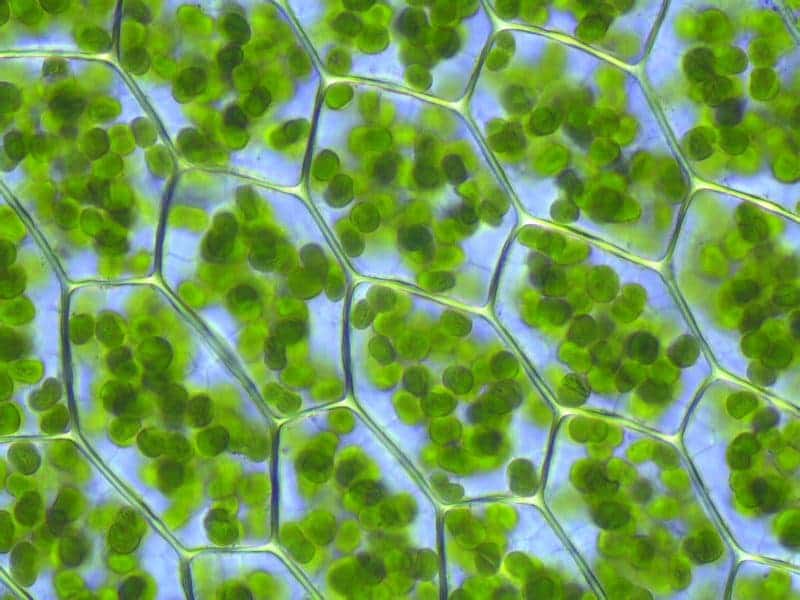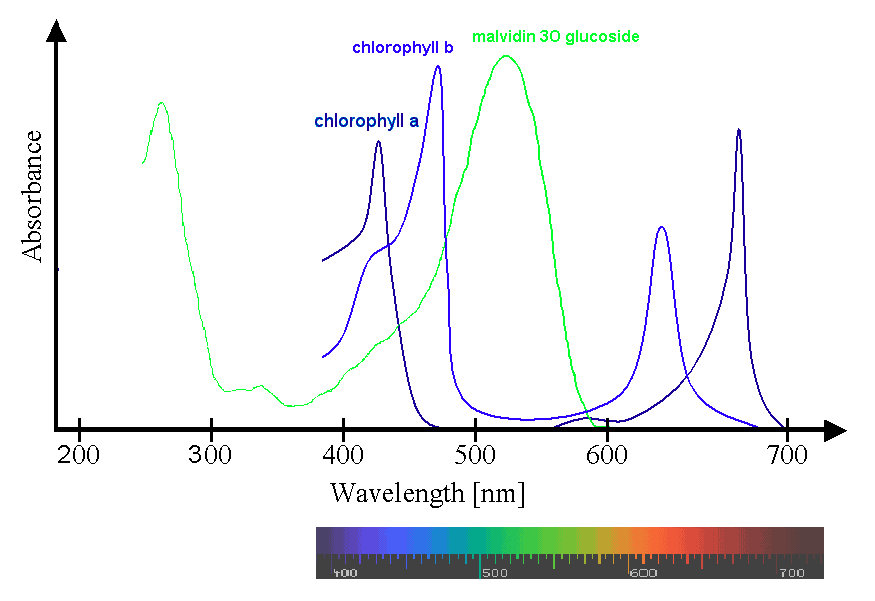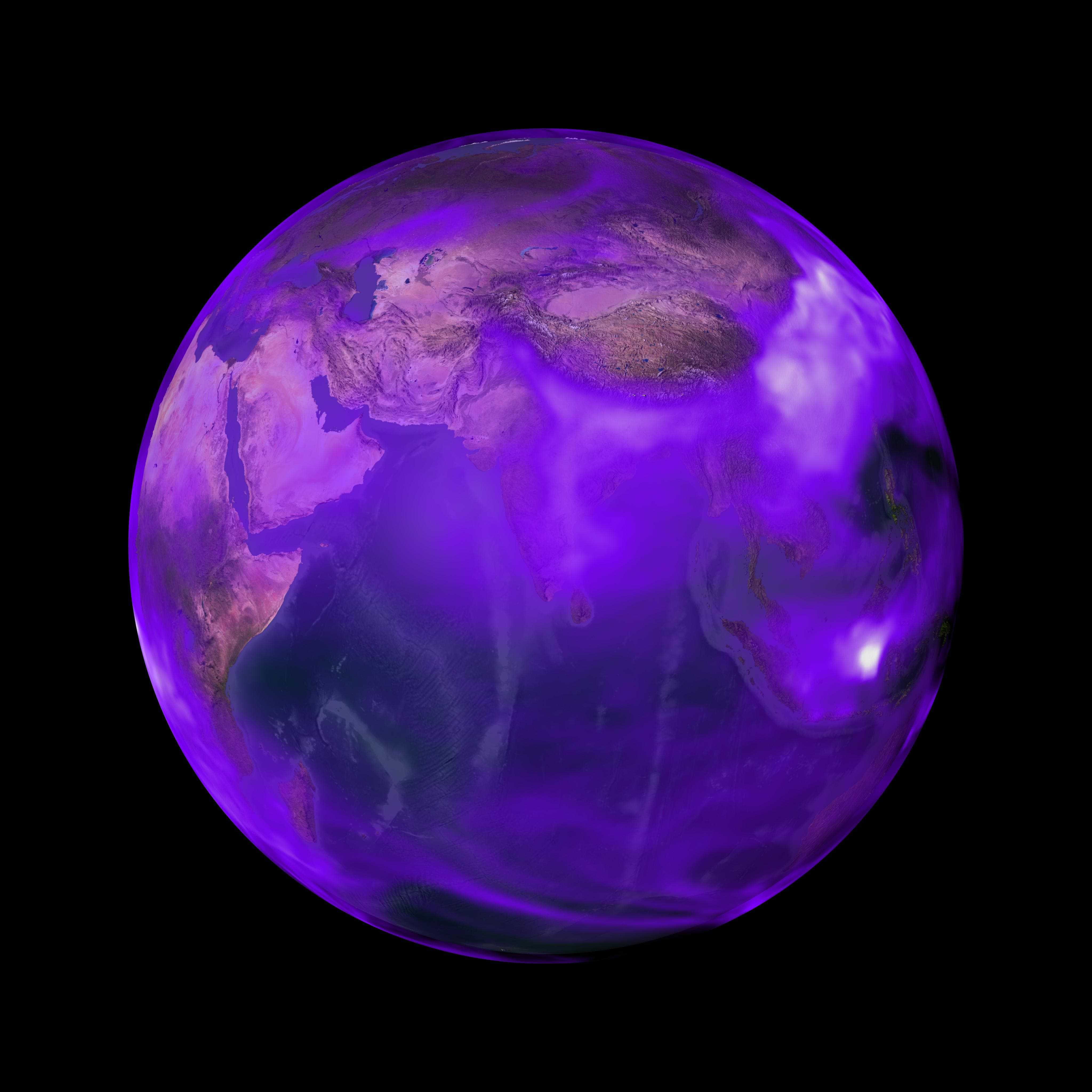When you view the earth from space, the blue of the water immediately strikes you. The next thing that catches your eye is the bright green colour stretching across the globe. This green colour is from all the plants in the world. This observation might make you wonder, why are plants green in the first place? It turns out that being green only captures a portion of sunlight for energy use, but due to the quirks of evolutions and the conditions on earth, it is the best option for plants.

Plants are filled with chlorophyll, which gives plants their green hue. Chlorophyll is a photoreceptor and traps light, absorbing energy to transform water and carbon dioxide to produce sugar and oxygen following photosynthesis:
6CO2 + 6H2O + light energy = C6H12O6 + 6O2
This allows them to convert energy from the sun into food for themselves. It is found in every single plant on Earth, from mosses to evergreens, and has only evolved once.

Sunlight is composed of different colours; each has a different wavelength ranging from 400 to 700 nm. Chlorophyll absorbs red and blue wavelengths to use as energy but does not absorb green — the colour bounces off the leaf and our eyes see the leaves as being green.

In the fall, leaves appear bright yellow and red because deciduous plants stop producing chlorophyll for the winter. Chlorophyll decomposes in sunlight so when plants stop producing it disappears. The colours that it usually masks are revealed, like yellow and red.
Why aren’t plants black or purple?
One theory is that early oceans were filled with purple microbes called archaea. The light-sensitive molecule in these microbes is called retinol, which absorbs green light and reflects red and violet light, which makes them appear purple. So parts of the earth could have looked purple! All the green light was taken by archaea, so chlorophyll had to make do with blue and red light. However, chlorophyll-based life became much more dominant because even though it uses less of the light spectrum, chlorophyll is much more efficient.

Another theory is that absorbing too much light could damage the plant more than it would help, much like how when we get too much sun, we get a sunburn. So it could be beneficial that the plants are getting less light.
All in all, the positives of chlorophyll outweigh the negatives in the conditions of this planet, so much so that plants dominate the world.


